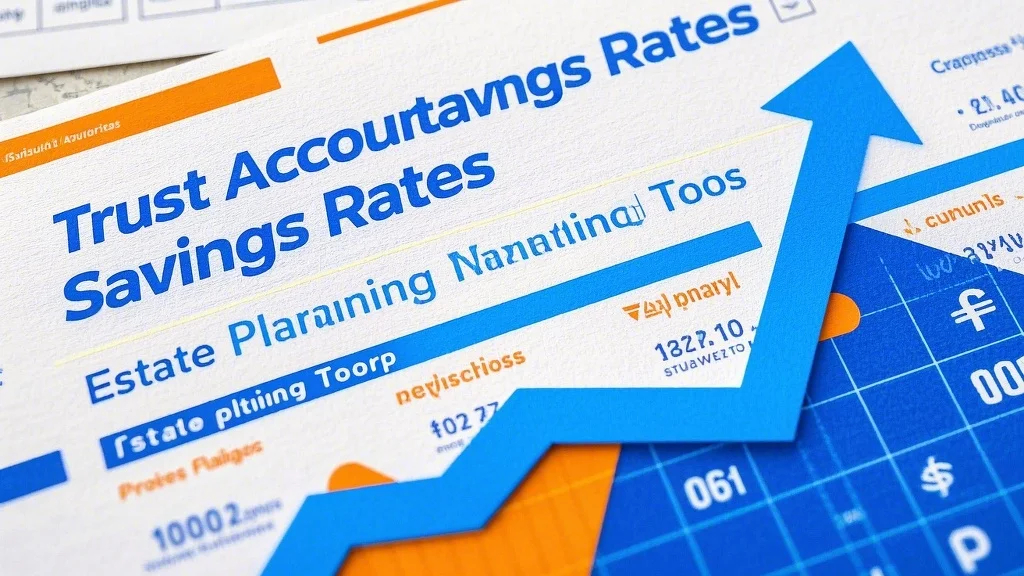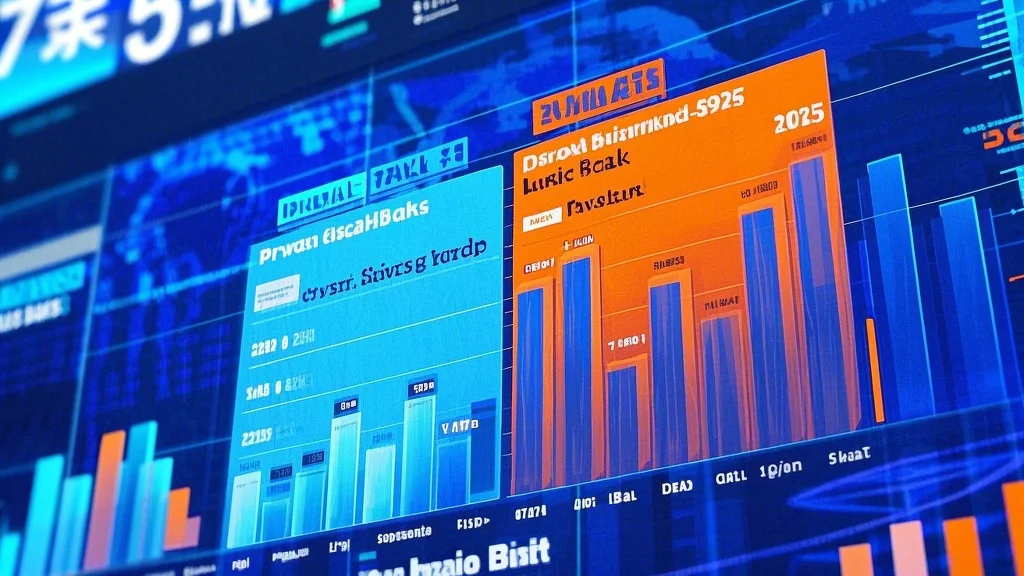Understanding the Forces Behind the 2026 Interest Rate Hike
As we approach 2026, the financial world is abuzz with anticipation about the upcoming interest rate hikes. Central banks, particularly the Federal Reserve and the European Central Bank, have been signaling potential rate increases to combat inflation and stabilize economic growth. This projected hike is not just a unilateral decision; it’s influenced by a myriad of economic indicators and global trends that are shaping the future of finance.

Inflation control remains a primary driver behind these hikes. Central banks are under pressure to curtail rising prices, which have been exacerbated by supply chain disruptions, geopolitical tensions, and robust consumer demand. By raising rates, they aim to reduce spending and borrowing, thereby tempering inflationary pressures. However, this comes at a cost, as higher borrowing costs can stifle economic growth, particularly in sectors reliant on credit.
The labor market is another pivotal factor. Strong employment figures and rising wages are indicators of economic health, but they also fuel inflation as increased disposable income leads to higher consumer spending. Central banks are gauging whether to support economic growth through low rates or to tighten monetary policy to rein in inflation, a delicate balance that will influence the trajectory of rate hikes.
Moreover, global economic conditions are playing a crucial role. The interconnected nature of global markets means that decisions by major central banks can have ripple effects across borders. As other countries like those in the Eurozone and Asia consider their own rate adjustments, the global interest rate landscape will be shaped by a complex interplay of domestic and international factors.
For savers, this means reevaluating financial strategies. Higher rates can be a double-edged sword, offering greater returns on savings but also increasing the cost of living through higher loan repayments and reduced disposable income. Understanding these dynamics is essential for making informed financial decisions.
Safeguarding and Maximizing Your Savings in a High-Interest Rate Environment
In the face of rising interest rates, individuals need to adapt their savings strategies to not only preserve but also grow their financial assets. This involves a strategic approach that balances risk and reward, ensuring that savings are optimally positioned to benefit from higher returns while mitigating potential risks.
One key strategy is to shift savings into interest-bearing accounts and bonds, which tend to perform well in rising rate environments. High-yield savings accounts and Treasury bonds can offer significant returns as rates increase, providing a safeguard against inflation. Additionally, maintaining an emergency fund in these accounts ensures liquidity while earning competitive interest, making it an ideal approach for managing cash reserves.
Investing in diverse assets is another crucial step. While stocks can fluctuate with interest rate changes, a diversified portfolio can offer stability. For instance, exposure to sectors like utilities and financials, which often perform well during rate hikes, can provide a buffer against market volatility. Real estate investment trusts (REITs) are another avenue, leveraging the higher rates to increase rental income and property values.
Debt management is equally important. With higher rates, the cost of existing variable-rate loans rises, so refinancing to lock in lower rates could be beneficial. Paying down high-interest debt becomes more urgent, as the burden of repayments increases. Prioritizing debt repayment can free up future income, allowing for greater savings accumulation.
Strengthening financial literacy is another critical component. Understanding how interest rates affect different financial instruments and strategies empowers individuals to make informed decisions. Whether through self-study, attending workshops, or consulting financial advisors, enhancing knowledge equips savers with the tools needed to navigate this challenging landscape.
The importance of flexibility cannot be overstated. Economic projections are inherently uncertain, and the ability to adapt strategies as circumstances evolve is essential. Remaining vigilant about market trends and adjusting savings approaches accordingly ensures that financial goals stay on track amidst changing economic conditions.
As we brace for the 2026 interest rate hikes, adopting a proactive and informed approach to savings management is paramount. By strategically allocating assets, diversifying investments, managing debt prudently, and staying informed, individuals can not only protect their savings but also position themselves to thrive in the new financial environment. Preparation and strategic planning are the keys to navigating this phase successfully and securing long-term financial health.




